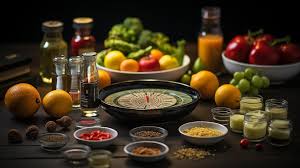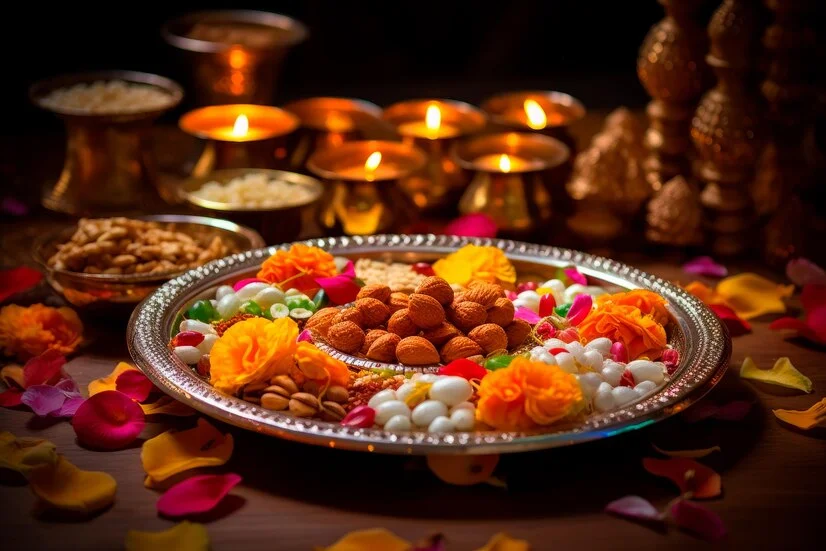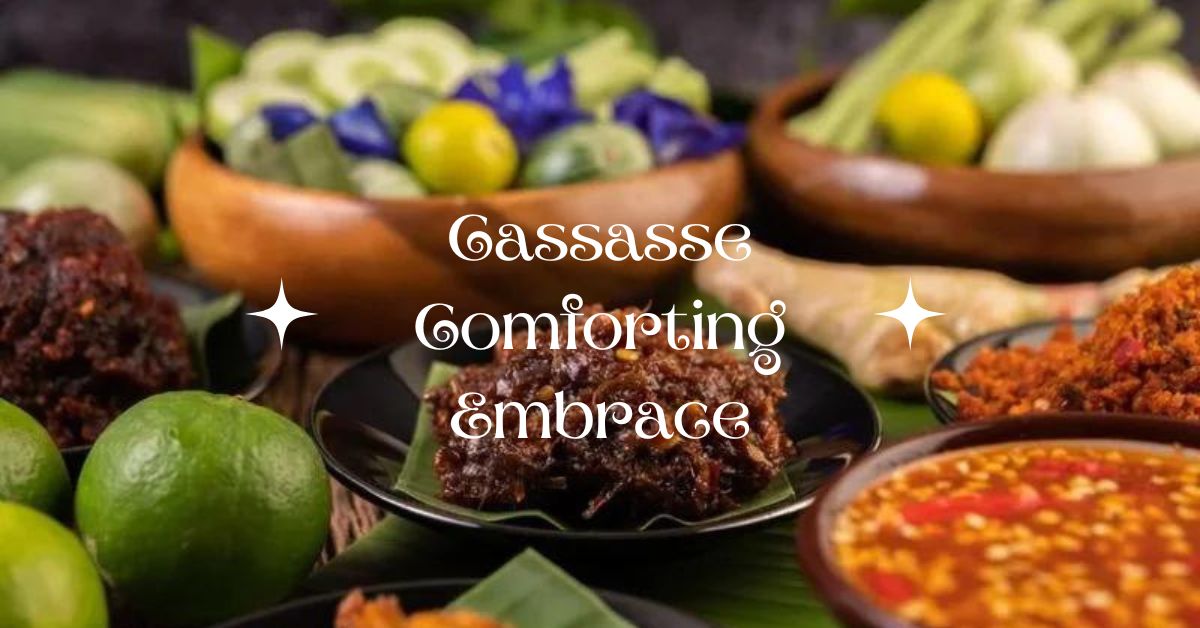Cassasse Comforting Embrace – A Deep Dive Into The Soulful Dish Cassasse
Cassasse, a humble dish with a heart of gold, simmers on stoves across a vibrant region, its aroma weaving a tale of history, culture, and culinary ingenuity.
More than just sustenance, Cassasse is a tapestry woven from tradition, symbolizing community, resilience, and the transformative power of simple ingredients.
This exploration delves into the soul of Cassasse, uncovering its fascinating journey from a resourceful creation to a beloved staple.
A Legacy Rooted in Resourcefulness- Unveiling the Origins of Cassasse
Our voyage begins in [insert region where Cassasse originated], a land where fertile soil and a rich tapestry of cultures nurtured the birth of Cassasse.
Tracing its origin necessitates a journey back in time, to a period when indigenous peoples or early settlers sought to create a nourishing meal using the bounty of their surroundings.

Cassava, a starchy root vegetable native to the Americas, became the foundation, offering a hearty base. Black-eyed peas, legumes rich in protein and earthiness, were likely incorporated for their nutritional value and complementary flavor.
A Culinary Canvas- The Ingredients and Variations of Cassasse
The magic of Cassasse lies in its core ingredients, each a brushstroke on the culinary canvas. Cassava, the sturdy foundation, provides a blank slate for the vibrant flavors to dance upon.
Black-eyed peas add a touch of earthiness and protein, their presence a testament to the dish’s humble beginnings. Coconut milk, a creamy and subtly sweet sauce, bathes the dish in a luxurious embrace.
Humble beginnings are further underscored by the use of aromatic vegetables like onions and garlic, their foundation-laying role crucial for building depth and complexity.
Spices and herbs, the vibrant bursts of color on the canvas, vary by region. Thyme might lend its herbal touch, bay leaves offer a hint of earthiness, while fiery scotch bonnet peppers add a touch of heat in some variations.
A Symphony of Flavors- The Nutritional Powerhouse of Cassasse
Beyond its cultural significance, Cassasse is a nutritional powerhouse. Cassava, rich in carbohydrates and fiber, provides sustained energy.
Black-eyed peas, a valuable source of protein and essential minerals, contribute to overall well-being. Coconut milk, while adding a touch of creaminess, offers healthy fats and vitamins.
This synergy of ingredients makes Cassasse a well-rounded meal capable of nourishing both body and soul.
A Celebration of Diversity: Regional Variations of Cassasse
As Cassasse’s fame spread beyond its birthplace, regional variations emerged, each a testament to human ingenuity and the bounty of the local landscape.
Haitian Cassava, known for its fiery personality, embraces scotch bonnet peppers and additional spices, creating an intense flavor experience. Brazilian Cassouve incorporates green beans and shrimp, offering a lighter, seafood twist.
Venturing into West Africa, Cassasse might feature yams and peanut butter, adding richness and a nutty undertone. These variations highlight the adaptability of the dish and its capacity to transform based on available ingredients.
Adapting to Modern Preferences- Substitutes and Dietary Needs
The beauty of Cassasse lies in its versatility. If cassava proves elusive, potatoes or sweet potatoes offer suitable substitutes, maintaining the desired starchy texture. Black-eyed peas can be replaced with green peas or lentils, ensuring the retention of the legume component and earthy flavor profile.
For a vegan or lactose-free twist, vegetable broth or almond milk can replace coconut milk, though the texture might be slightly altered.

To cater to dietary needs, Cassasse can be adapted without compromising its essence. Replacing meat or seafood with additional vegetables or plant-based proteins like tofu caters to vegetarians and vegans.
A Culinary Adventure: The Art of Preparing Cassasse
Creating the perfect Cassasse is an art form, with each step an essential part of the symphony of flavors. The journey begins with the gentle sizzle of onions and garlic in hot oil, their fragrance painting the air with anticipation.
Cassava and black-eyed peas join the dance, absorbing the aromatic essence. A generous splash of vegetable broth transforms the pot into a simmering haven, where cassava softens and releases its starchy goodness.
The arrival of creamy coconut milk adds a touch of luxury, melding seamlessly with the broth and vegetables. Finally, the magic touch of spices and herbs awakens the dish, creating a tapestry of flavors that is both comforting and exciting.
Tips and Techniques for Cassasse Perfection:
For a truly exceptional Cassasse, a few simple techniques come into play. Achieving a creamy texture requires ensuring the coconut milk is well incorporated and allowed to simmer
for enough time to meld with the other ingredients. Overcooking cassava is the enemy of a perfect texture, so watch it closely and remove it from the heat once tender to prevent mushiness.
Traditional Methods- Unveiling the Soul of Cassasse
In its homeland, Cassasse transcends a mere dish; it’s a cultural experience steeped in tradition. Clay pot cooking, a time-honored technique, imparts a subtle smoky flavor that speaks of generations past.
Cooking over an open fire adds another layer of depth, as the gentle dance of flames coaxes out the best in each ingredient. Slow cooking, another traditional method, allows the flavors to meld harmoniously, creating a richness that lingers on the palate.
Modern Adaptations- Cassasse for the Busy Cook
For those with busy lives, modern kitchens offer alternative methods to recreate the magic of Cassasse. The humble slow cooker becomes a haven for simmering, allowing you to combine all ingredients and let them cook on low for 6-8 hours, resulting in a tender and flavorful dish.
The Instant Pot, a marvel of modern technology, offers a speedier route. By using the sauté function for the initial steps and then pressure cooking for 15-20 minutes, you can enjoy Cassasse in a fraction of the traditional time.
Unveiling the Flavors- Recipe Variations of Cassasse
Cassasse’s beauty lies in its adaptability. While the core ingredients remain the foundation, regional variations paint a vibrant picture of culinary creativity. Here’s a glimpse into three popular variations:
Haitian Cassave:
Known for its fiery personality, Haitian Cassave embraces the heat. Scotch bonnet peppers take center stage, adding a fiery kick that awakens the taste buds. Additional spices like allspice and cloves add depth and complexity, while a touch of lime juice brightens the overall flavor profile.
Brazilian Cassouve:
This seafood twist incorporates the bounty of the ocean. Tender shrimp and vibrant green beans add a lighter texture and freshness.
Coconut milk often takes center stage, lending a touch of sweetness that complements the briny notes of the shrimp. A sprinkle of fresh parsley at the end adds a pop of color and herbal fragrance.
Also Read: Alevemente: Unveiling The Potential Of A Natural Wellness Revolution
West African Cassasse:
Venturing westward, Cassasse takes on a nutty twist. Yams, with their natural sweetness and slightly denser texture, replace cassava in some regions. Peanut butter adds a rich, nutty depth, creating a unique flavor profile.
Spicy chiles like habaneros can be included for those who enjoy a kick, while a sprinkle of chopped peanuts adds a delightful textural contrast.
Beyond the Plate- The Cultural Significance of Cassasse
Cassasse is not merely a dish; it’s a cultural emblem woven into the fabric of the region. During festivals and celebrations, families gather around steaming pots of Cassasse, the aroma a joyous invitation.

The preparation itself becomes a communal act, with each member contributing to the creation of this culinary masterpiece. Sharing Cassasse transcends the act of eating; it’s a reaffirmation of cultural bonds and a celebration of shared heritage.
Also Read: A Bittersweet Bite: Exploring The Emotional Depth Of Asahina-San No Bentou Tabetai Chapter 5
A Legacy that Endures- The Future of Cassasse
Cassasse, a dish steeped in history and tradition, continues to captivate hearts and taste buds across generations. Its adaptability ensures its continued relevance, as chefs and home cooks alike explore new variations and interpretations.
As we delve deeper into global cuisines, Cassasse stands as a testament to the ingenuity and resourcefulness of its creators. It’s a dish that reminds us of the power of simple ingredients to create something truly special, a reminder that food can be a bridge connecting cultures and generations.
FAQs:
1. What’s the difference between Cassasse variations like Haitian Cassave and Brazilian Cassouve?
These variations highlight the impact of local ingredients. Haitian Cassave packs a spicier punch with scotch bonnet peppers, while Brazilian Cassouve incorporates seafood like shrimp for a lighter, coastal twist.
2. I’m looking for a vegan option. Can I still enjoy Cassasse?
Absolutely! Simply replace any meat or seafood with additional vegetables or plant-based protein like tofu. Ensure your vegetable broth and all other ingredients are vegan-friendly.
3. I don’t have a slow cooker or Instant Pot. How can I make Cassasse the traditional way?
For an authentic experience, try simmering Cassasse in a large pot on the stovetop. This replicates the slow-cooking process that allows the flavors to meld beautifully.
4. Any tips to avoid mushy cassava?
The key is to prevent overcooking. Check for doneness periodically. Once the cassava is tender but not falling apart, remove it from the heat to maintain the ideal texture.
Conclusion:
Cassasse transcends its role as a simple dish. It’s a cultural touchstone, a testament to resourcefulness, and a window into the rich traditions of its homeland.
From its historical significance to its modern-day adaptations, Cassasse continues to bring people together and offer a deeply satisfying culinary experience.
Read More:






